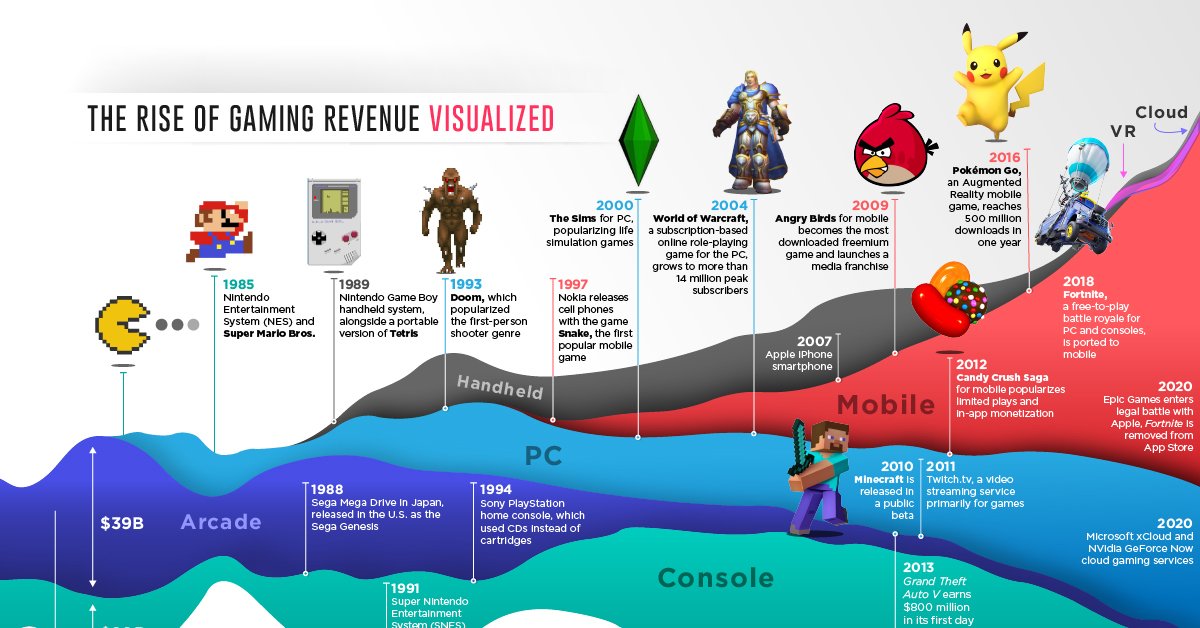
Why “Small” Ideas Win
When we think of successful online ventures, it’s tempting to imagine billion-dollar companies or huge influencers. But in reality, almost every major success started with something small: one problem, one solution, and one community that cared.
- Facebook – started as a simple way for Harvard students to check each other’s profiles.
- Snapchat – began as a way to send disappearing pictures between friends.
- Venmo – just a way for two friends to pay each other back for pizza without cash.
The lesson? You don’t need to invent the next iPhone. You just need to notice a small frustration in daily life, fix it creatively, and let word-of-mouth (or clicks) carry it forward.
The Velocity of Being Social
The internet moves like wind: fast, invisible, and unstoppable when it catches the right direction. If your idea connects emotionally with people—or solves a problem they didn’t even know they had—it can spread at lightning speed.
For students, this is actually an advantage. You’re surrounded by thousands of peers in your school alone. If you create something fun, useful, or just relatable, that built-in community can be the spark that pushes it viral.
Tricks to Test Your Own “Micro-Viral” Ideas
- The Meme Challenge
Pick a frustration everyone shares (like slow Wi-Fi, cafeteria food, or late buses). Turn it into a funny meme using Canva or an AI meme generator. Share it on Instagram or TikTok with your school hashtag. If it resonates, it will spread faster than you expect. - The Micro-Store Test
Use free tools like Gumroad or Redbubble to launch a product in 30 minutes. Example: design a “Desert Mountain Inside Joke” sticker. Share it on Snapchat or TikTok with a simple link. See if classmates actually buy—it’s instant market feedback. - The Survey Trick
Create a quick Google Form with one question: “What’s the most annoying thing at school?” Share it in group chats. Use answers to brainstorm your next project—straight from your peers. - The “One Page” Idea
Build a one-page site using Carrd or a free WordPress template. Share one helpful resource (study hacks, sports highlights, cafeteria menu updates). Link it in your Instagram bio. Track clicks: if people are using it, you’ve found traction.
Why This Works
Each trick does three things:
- Tests whether people actually care about the idea.
- Lets you experiment without wasting money or time.
- Builds momentum, because small wins build confidence.
This is the psychology behind virality: people share what feels relevant, emotional, or funny. By starting with a problem-solution that matters to your peers, you’re creating natural fuel for things to spread.
Takeaway for Students
Don’t overthink “the next big startup.” Instead:
- Spot small problems.
- Create tiny, testable solutions.
- Share them where your peers are already hanging out.
Success online doesn’t come from scale first—it comes from velocity: how fast an idea travels once you release it.
📚 Resources
- Canva – Free Meme & Design Tool
- Gumroad – Sell Anything Online
- Redbubble – Print-on-Demand Merch
- Carrd – Build a One-Page Website
- Google Forms – Easy Surveys
- WordPress.org – Build Your Own Blog
#LaunchDM #StudentInnovation #ViralIdeas #HighSchoolBusiness #ProblemSolvers #EcommerceForStudents #DigitalEntrepreneurs






